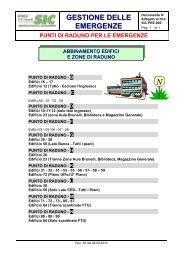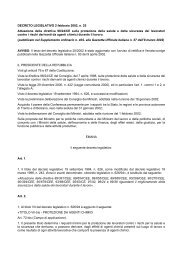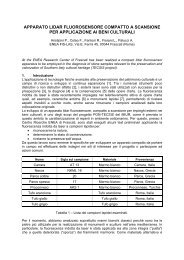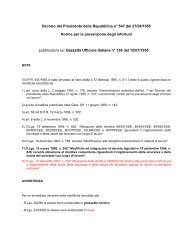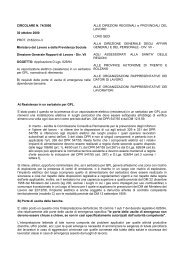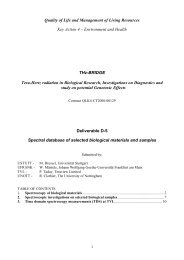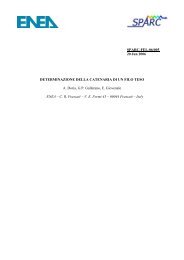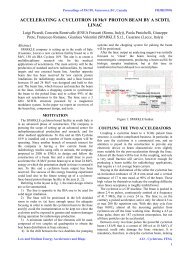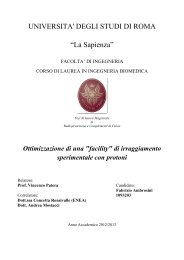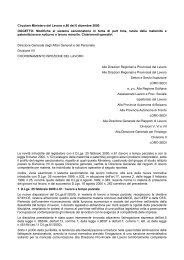Theory, Design and Tests on a Prototype Module of a Compact ...
Theory, Design and Tests on a Prototype Module of a Compact ...
Theory, Design and Tests on a Prototype Module of a Compact ...
You also want an ePaper? Increase the reach of your titles
YUMPU automatically turns print PDFs into web optimized ePapers that Google loves.
90 5. RADIOFREQUENCY MEASUREMENT<br />
Figure 5.20. A bead pulling with the field level flat<br />
within ±2.85%.<br />
Figure 5.21. The final bead pulling with the field level<br />
flat within ±2.5%.<br />
2997.075 MHz <str<strong>on</strong>g>and</str<strong>on</strong>g> the SBB = +160 kHz. After some interventi<strong>on</strong>s <strong>on</strong><br />
the tanks #2 <str<strong>on</strong>g>and</str<strong>on</strong>g> #3, the bead pulling was the <strong>on</strong>e <strong>of</strong> figure 5.20 which<br />
was flat within ±2.85%.<br />
The π/2 frequency was 2997.080 MHz <str<strong>on</strong>g>and</str<strong>on</strong>g> the SBB = +145 kHz.<br />
The final result is shown in figure 5.21 with the tuners positi<strong>on</strong>s<br />
shown in table 5.3. The π/2 frequency was 2997.025 MHz <str<strong>on</strong>g>and</str<strong>on</strong>g> it took<br />
into account the effect <strong>of</strong> temperature <str<strong>on</strong>g>and</str<strong>on</strong>g> <strong>of</strong> the nyl<strong>on</strong> wire stretched<br />
al<strong>on</strong>g the axis. The bump stop-b<str<strong>on</strong>g>and</str<strong>on</strong>g> was SBB = +212 kHz.<br />
6.1. Rejecti<strong>on</strong> to the disturbs. When a Side Coupled Linac is<br />
well tuned, namely the field level is flat <str<strong>on</strong>g>and</str<strong>on</strong>g> the stop-b<str<strong>on</strong>g>and</str<strong>on</strong>g>s are little,<br />
the structure is able to reject disturbs. This means that, starting from



